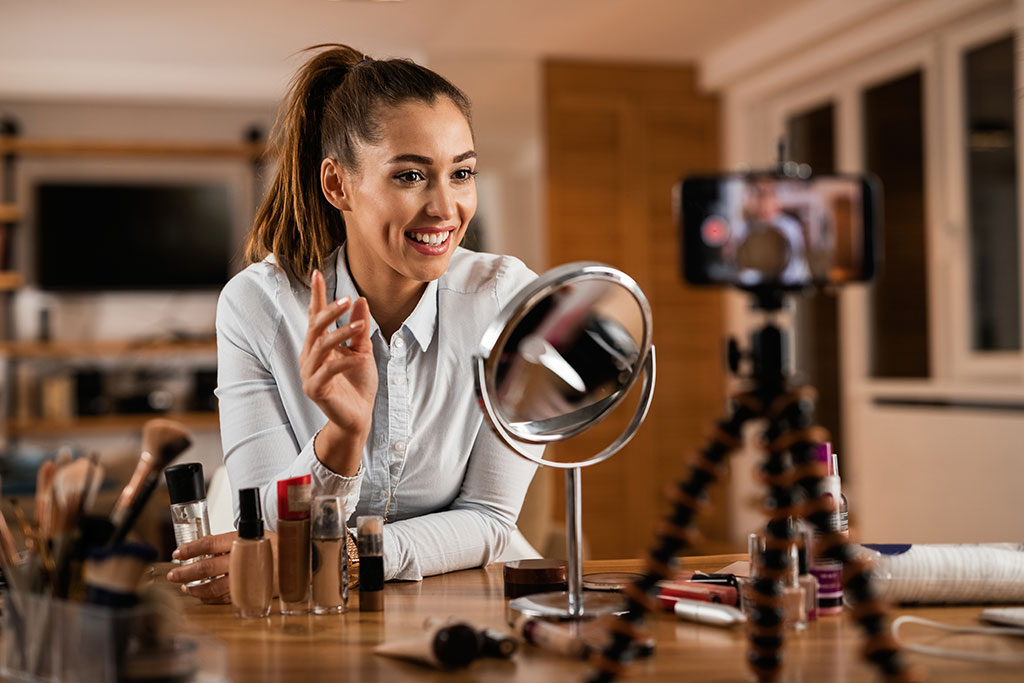 With many brands continuing to pour money into influencer marketing, Ian McGrath wonders whether influencers are starting to lose their their marketing influence?
With many brands continuing to pour money into influencer marketing, Ian McGrath wonders whether influencers are starting to lose their their marketing influence?
The ‘pay per shout-out’ influencer model is dying, as marketers lose faith from having only seen highly variable returns and influencers adapt to changes in their revenue streams.
To remove any doubt, I am referring to social media influencers who promote brands to their followers.
This is not the same as brands launched by celebrities who hold the attention of millions of followers and the media. Personalities who are brands themselves, leveraging their fame to quickly build awareness and secure distribution deals. In fact, this is very different from the influencer / creator model.

Hats off to those influencers that are creative enough to build an audience to achieve mainstream success. In reality, the rest are influencer wannabes, not really influential and are who find themselves in the messy middle of the marketing funnel.
Many influencers, some dubbed creators due to how they are remunerated by social media networks, were sprayed across media and PR plans because of some idea that they add relevancy or authenticity to brands being in social channels. However, as recently demonstrated in Burst Your Bubble’s “Signalling Strength” study, influencers and creators have relatively low signalling strength due to the discrete nature of their audience.
Brands succeed because they become famous. The brand should be top of mind and the thing that’s talked about, not the channel. Most influencers are guns for hire more interested building their profile than that of the brands they represent. But, for influencers that’s where the money is…. or was.
At best influencers offered a nudge and at worst it was wasted frequency at a low cost. More so at worst, because of how widely it has been used across marketing plans. This type of marketing is suited to some industries more than others (think of travel recommendations versus which washing powder to choose). But, it’s was wrongfully wedged into plans.
As the old model dwindles, more influencers are following the advertising money flow and becoming pure-play affiliates and/or developing dropshipping income.
What’s changed to force this change into the market?
Content Overload: Over 1.1 billion pieces of content are published across Facebook, Instagram, TikTok, X, LinkedIn, and YouTube. That’s a lot of competition. Add to this the AI experiments that brands are conducting in content publishing and SEO, and the size and pace is a lot for an influencer to match.
Quality Underload: Engagement is in decline. Most content published nowadays generates no engagement (59% according to NP Digital). Less influencer content is created for the information gain or entertainment of audience. Instead, it’s attention edited to quickly catch eyeballs in a skippable / scrollable environment. It’s no coincidence that as the amount of blind items and misinformation surged so too did the slowdown and opt-out of channel usage. Social channels and Google’s updated search quality ranking EEAT now punish low quality, spammy-type, content. This means influencers are seeing a fall in the visibility and engagements of their posts. Hitting their bottom line.
The Social Slowdown: Consumption is shifting across a wider set of platforms and swapping from in-feed to in messaging. Policy tightening is reducing the stretch of algorithms, meaning content travels less broadly and for a shorter stint of time.
Visibility and response rates have also declined, cutting the network effects of individual influencers. They now have to stretch themselves across more platforms to deliver what they use to across Meta and YouTube two years ago. In addition, resources, most notably time, becomes a challenge as they now have to cope with building and maintaining a profile across multiple platforms.
Improved Measurement: Maturity of Influencers as a channel means that it no longer slips under the radar or falls into the bucket of experimentation. Marketers have improved the business impact measurement of their investments. Most notably, far less reliance on attribution modelling. The bias towards short-term ROI favoured Influencer marketing. But the comprehensive view that marketers now have over their spend, on top of the sliding performance of influencers, is resulting in a drop in their revenue.
Greater Regulation: Influencer ads are not only measured more accurately, they’re also being more accurately regulated. A recent European Commission report found that 80% of influencers fail to consistently disclose their content as adfunded. Brands steer away from trouble, avoiding any size of crisis. Moving spend into moderated channels, derisks their adspend.
And all this is happening concurrently to a boom in Retail Media and the roll out of shoppable formats.
The revenue streams are changing, and influencers are realigning behind them. With that, they are becoming a type of pure play affiliate. It’s just another short play.
Most influencers and brands are missing a great opportunity. Earlier this year IBM released a global study to stated only 9% of consumers were satisfied with in-store experiences. This climbs to 14% for online stores. The move from omni-channel to unified commerce is what’s driving retail success. According to Landor Consulting: “Customers think about shopping. They don’t see individual channels. They just know the brand they want and want to shop for it. So, the recipe for success is unifying online and offline.”
The real life in physical store experience helps set the consumers expectations and overcomes the difficulty of stand out. The digital components of this unified experience must connect to the real-world experience. And, this is much more sustainable role for influencers to pivot into than spamming discount codes.
If the focus is on quality and an understanding, the importance of an influencer could potentially extend beyond this. Simply, they could be a key source of stimulus for the development work of products and creative. But most will follow the hustle into flogging links, meaning the pool of entertaining and useful influencers remains shallow and that this channel remains difficult to pull insights from.
Opportunity missed, influence lost.
Ian McGrath is Chief Operations Officer Media, dentsu Ireland.




















